For those leading companies, the potential benefits of the Industrial Internet are unprecedented.
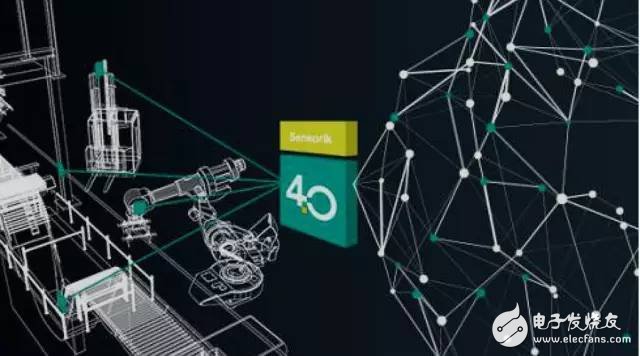
In the mid-18th century, the first industrial revolution was marked by the widespread use of steam engines as power engines, creating an era of replacing manual labor with machines. In the mid-19th century, mankind entered the "electrical age", the second industrial revolution. In the 1940s and 1950s, the third industrial revolution marked by the invention and application of atomic energy, electronic computers, space technology and bioengineering broke out.
In 2014, the Hannover Industrial Fair in Germany proposed the fourth industrial revolution, which is represented by Internet industrialization, industrial intelligence, industrial integration, artificial intelligence, clean energy, unmanned control technology, quantum information technology, virtual reality and A new technological revolution dominated by biotechnology.
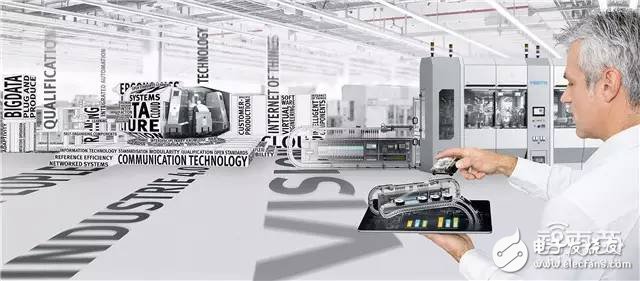
In this issue of intelligent internal reference, we recommend the fourth industrial revolution report proposed by PricewaterhouseCoopers in conjunction with Strategy, which combines PwC from the three levels of strategy development, embracing new business and creating a better world. The global CEO research report summed up the ten principles. If you want to collect the full text of the report, you can download the keyword "nc142" in the smart thing (public number: zhidxcom).
The following are the dry goods presented by the smart internal reference:
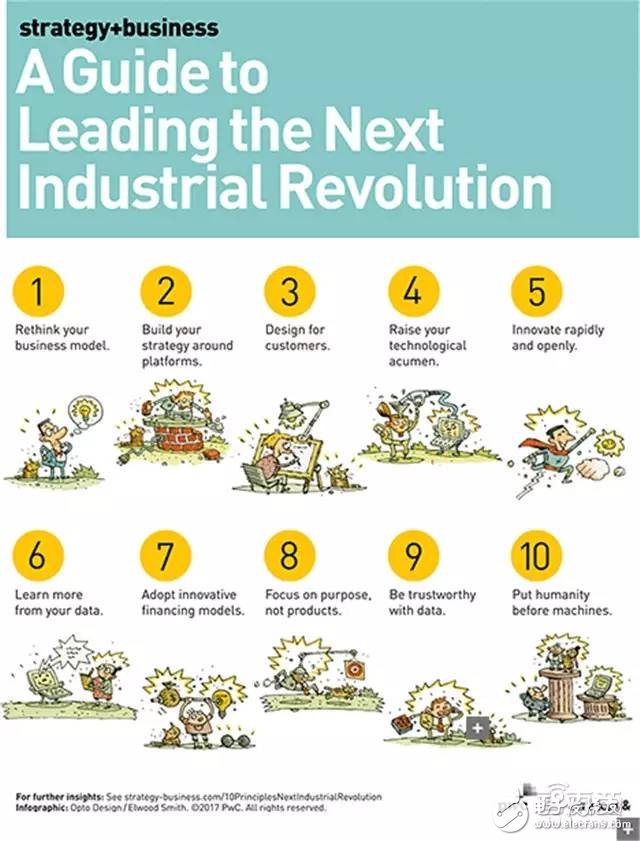
As sensors are widely used in factories and warehouses, software systems have been able to predict failures and alarms, grids and freight terminals have become more intelligent, and custom parts are being produced on demand. These huge technological innovations seem to be predicting "The next round of industrial revolution." The leaders of this revolution are those that continue to make breakthroughs in areas such as robotics, machine learning, digital manufacturing (including 3D printing), the Internet of Things, data analytics, and blockchain.
For a long time, the foundation of business strategy has been to focus on the classic value chain, connecting raw material producers, manufacturers, distributors and customers through a series of stable transactional commercial structures. But now, the rise of digital technology has enabled individuals to connect across the value chain and provide more efficient products and services that will reduce the importance of economies of scale and traditional division of labor. The relationship between business and business will become smoother, and the price and cost of products and services will be more volatile.
According to PwC research, the potential benefits of the Industrial Internet are unprecedented for those leading companies. And to achieve these benefits depends to a certain extent on whether the company builds and extends the ability to re-architect business and operational models to take advantage of this new technology architecture.
First, reconstruct the business model
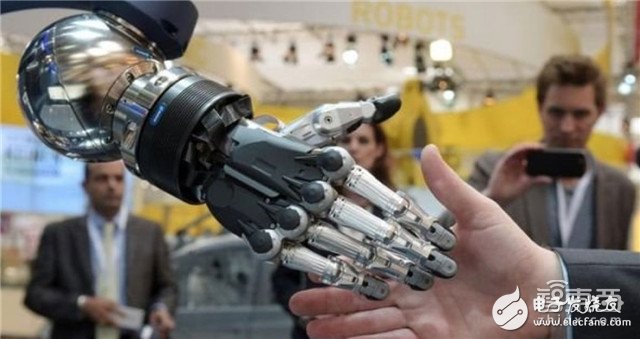
The business world has become accustomed to the subversive revolution. One industry after another proves that companies that are obsessed with traditional business models will gradually be replaced by those that can offer new products and services at lower prices. The next industrial revolution will accelerate this change by reducing costs and increasing efficiency on a large scale, especially in manufacturing. If the company's growth begins to slow down, it needs to consider adjusting the business model, especially using the new platform to create opportunities for the company.
Take the electric company as an example. From 1882 to the present, its main business model is to measure electricity generation and then sell the electricity to residents or companies. Now, based on the new technology ecology, power companies can adopt more flexible and immediate power supply: introducing power generation modes supported by renewable energy such as solar energy and wind energy, using sensor energy detection systems and using data analysis to improve power supply efficiency. Efficient management of heating, cooling, equipment use and maintenance. In the face of new interest orientation and competition from telecommunications companies, electric companies have to focus on utilities, recast gateway hubs, and focus on issues such as Internet access and home security.
On the other hand, automakers are also ushered in a more dramatic era of sales, they can no longer rely solely on car sales, but need to consider the sharing economy, to deal with more liquid car demand; automotive parts, sensors, Internet access has upgraded security and product performance, becoming an important technology growth and demand pull.
In addition, the medical industry is beginning to access IoT technology, introducing biometric data from wearable devices to help health professionals conduct early diagnosis and better follow-up care. Financial services, engineering and construction, entertainment and media are also facing changes.
If companies believe that traditional business models continue to be profitable, they are likely to be eliminated by more flexible competitors. The way to generate income, the opportunity to finance, and the ability to serve customers have all passed. Companies need to abandon outdated practices that are no longer applicable, and not limited to industry scripts, which requires companies to be patient and self-disciplined. Companies should sell or stop non-core businesses and invest more in product or service portfolios, invest in R&D, develop new operating models and experience the business.
Second, develop strategies around the platform

The position of the platform in the new industrial system is just like the position of the value chain in the old industrial system. The platform combines interoperable standards and systems to create a plug-and-play technology foundation on which a large number of vendors and consumers can seamlessly interact through the same set of hardware, software and services. The most successful platforms should match customers and suppliers to maintain an engaging, efficient customer experience and collect data. In fact, the users of a platform constitute an ecosystem: a group of companies exchange products and services here, and their fate is tied to each other.
The above is only the initial stage of the construction of the industrial Internet platform. Companies like General Electric and Siemens have already had a place here, and General Electric has publicly announced its goal of becoming the "world's first digital industrial company"; Siemens is working with Microsoft to develop the equally ambitious MindSphere platform.
Other platforms are narrower but also profitable. For example, Trumpf in Germany built the industrial platform Axoom, providing laser equipment, welding, metalworking, 3D printing tools and all software access to many small companies. Hospitals, banks and other institutions are also organizing specific supply chain platforms. The emergence of driverless cars has also led to the idea of ​​a smart city platform for the operation of an automated driving-based navigation system.
The first step in participating in the Industrial Internet competition is to determine which role the company can actually play in this platform-based world. Platform “providersâ€: Companies such as General Electric and Siemens are responsible for building and operating a very large hub that forms the basis of the industry; platform “participantsâ€: using platforms to provide products and services to attract customers; platform “elevator†: Develop new technologies on the platform and sell them to “providers†and “participantsâ€. Or, can you transform your business into two or three of these roles?
Establishing a platform for the company, such as General Electric or Siemens, can accelerate enterprise digitalization, improve production efficiency, and improve product quality, performance, and cost by analyzing and improving technologies through professional sensors and supporting CNC systems. Of course, this takes time and acumen to develop your own platform into a core feature.
Third, designed for the consumer
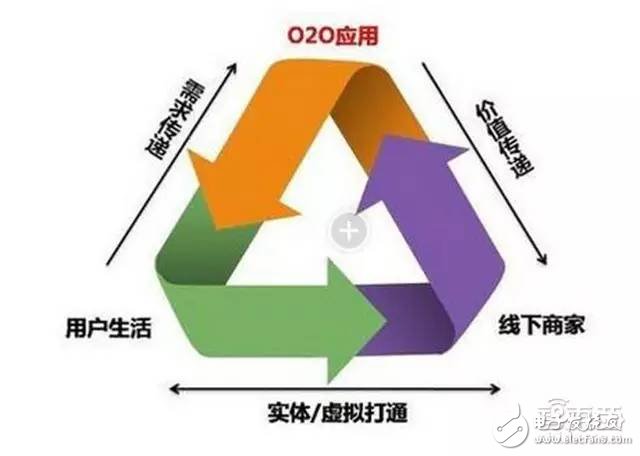
Large-scale digital technology will drive the development of the next round of industrial revolution, and we can easily ignore how it will affect interpersonal relationships. The new infrastructure of this revolution is a network that connects people: especially producers and consumers, whose relationship is closer than ever. As the designer of the new platform, or the business leaders involved, there will be an unprecedented opportunity to build a customer-centric enterprise to produce the products that customers really need and to continue to operate.
This is a good change for many large companies. Apparel companies can quickly transform customer preferences into new apparel designs by establishing a docking between retail stores and factories. In fact, companies such as Inditex (Zara) and H&M have already done so. At the same time, banks, power and telecom operators are using similar methods to clean up user interfaces and provide new services that are faster, more friendly, more flexible and effective in solving customer problems.
The true omni-channel customer experience connects every touch: all face-to-face contact, every retail environment, every online behavior, anything connected through a smartphone, and between you and your customers. All other ties. In the new infrastructure of the enterprise, there are more contacts to deal with. Customers live in an interactive world where their behaviors are aggregated into data that companies can refer to in order to make business decisions. In turn, for the customer, the company's behavior will be more transparent than before.
Imagine you tell the Internet that you want to buy a shirt, then you can pick it from the online virtual store, then buy offline products, don't line up, and the payment is super easy. The store can even provide product suggestions based on your historical preferences. Of course, this business model will require higher product design levels and automated production methods, and companies need to dig IT professionals to help transform.
Fourth, improve technical acumen
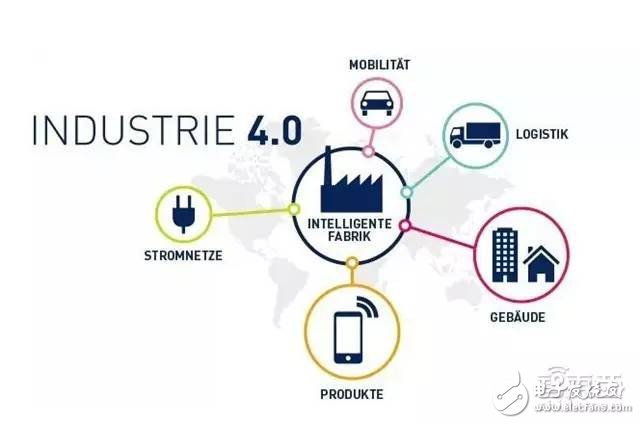
No matter what industry, companies are living in a programmable world, and software will be a key factor in competitiveness. Even companies in Silicon Valley need to increase their technical acumen in the next few years. This is not just about hiring software talent, it is about improving the skills of every employee in the company; not only using digital tools, but also providing insight into the technology model. For example, how to create a business footprint that can take advantage of Industrial Internet, or how to accumulate data types that help drive machine learning.
Even Silicon Valley companies have to be sensitive to technical iterations, not only by their professional skills, but also by their ability to learn. They not only need to learn to use digital tools, but also have the ability to gain insight into technology iterations, such as machine-based learning algorithms. The ability to analyze big data and apply it to business decisions, engineering tools, etc., to help save costs, improve efficiency, and build intelligent programs and global strategies.
As corporate employees become more accustomed to the Industrial Internet, they will create an innovative culture of collaboration that will also create a better understanding of the risks of the new world, such as those associated with accidents, privacy violations and cyber attacks. This insight will be invaluable to the company and even the platform in which it is located.
5. Rapid and open innovation

Innovation and leadership will go hand in hand in the next round of industrial revolution. Many companies will seek disruptive innovation, but a series of incremental innovations can create more revenue, incremental innovation is easier to achieve, and more importantly, it is easier to accept market testing. With industrial Internet tools, companies can produce and promote new products in small quantities, and if they are accepted by the market, they can be mass-produced. From the music player iPod in 2000 to the smartphone that changed the world in 2007 is this development path.
When companies can cooperate with the outside world with an open and cooperative attitude, rapid innovation is more effective. Extensive recruitment of participants, including those associated with the enterprise platform. Most of the technology in the industrial Internet is not only cross-functional but also cross-industry. When the entire value chain and customer ecosystem can be integrated and transformed, innovation will follow.
Take Siemens as an example: On October 1, 2016, the company founded next47. The independent business unit received 1 billion euros of funds and will integrate all of Siemens' current startup projects to help build a new era of “hungerâ€. Next47 mainly covers artificial intelligence, automated robots, smart grids, mobile electronics, blockchains and more.
Get more information from the data

The real-time data aggregated from customers, devices and workflows is growing exponentially, which will give companies new insights. Collecting and analyzing data is important, but it's just the beginning. The key is to use the results of the analysis to identify important patterns and gain insights that help companies make the right decisions.
For example, in the past, accurate information on construction site schedules and costs was difficult to know. Now, construction companies or investors can use drones to collect photographic images, compare images with original drawings, and check contractor reports, even a one-centimeter gap on the site. Agricultural drones can also use weather sensing to help adjust planting, fertilizing, and harvesting processes. Bill Ruh, chief electric officer at GE, believes that digital-based locomotive improvements can help reduce rail construction costs by $200 million. In addition, in the military aerospace field, manufacturers can also use the data from aircraft feedback to create experience simulation software for pilot training, reducing airframe wear and tear, greatly reducing the financial, material and labor costs of military training.
Of course, in all industries, companies can now develop customized production that is highly responsive to customer needs, while providing customers with real-time access to information on design, supply and demand systems. Direct feedback and interaction between the producer's production system and the customer's ordering and demand planning system reduces order-to-delivery time and improves capacity utilization planning. Make full use of data analysis, make use of the initiative of business decision-making, use data sharing and other means to enrich data sources, remain vigilant, and adjust analysis methods in an instant, which will continue to promote the company's growth.
Seven, adopt innovative financing mode

The massive spread of new technologies puts pressure on the funding model, and the financing capabilities of a technology or business also mark the capabilities of an industrial company. There is no doubt that new large-scale technologies have put pressure on traditional financing methods.
Cloud computing has quietly opened up a revolution represented by the "software as a service" model. Software users pay for it instead of a software package, but a service that is continuously upgraded. This approach affects the financing methods that technology companies need and the way they manage their return on investment.
Similarly, larger industrial companies will adopt a similar approach, from investing in factories and machines to pay-as-you-go models, to achieve more flexible equipment installations with lower but more frequent payment methods. Enterprises will reduce the focus on renewing old equipment, pay more attention to the continuous upgrade of equipment, and use 3D printing and other forms of digital manufacturing to produce and customize new parts. Industrial companies will draw on Silicon Valley to finance more through equity capital and venture capital rather than issuing corporate bonds. Adjustable pricing models are also more common; under new technology, the price between the business and the enterprise changes with the time of sale, usage, and type of application.
In fact, Amazon has advanced cloud computing and warehouse storage innovation through innovative financing methods such as stock market financing. GE relied on the strength of the company and the persuasiveness of the project to finance it from the management. The platform built the equipment that was used from the beginning, and now there are about 28,000 software engineers.
In the final analysis, to fully develop the industrial Internet and thus maintain the vitality of industrial civilization, it is necessary to replace or upgrade all aspects of the global industrial infrastructure with new capabilities and systems. Financing these businesses, like technological innovation, requires a lot of expertise and creativity to develop metrics to track short- and long-term returns and balance short-term returns with long-term goals.
Eight, focus on the target rather than the product
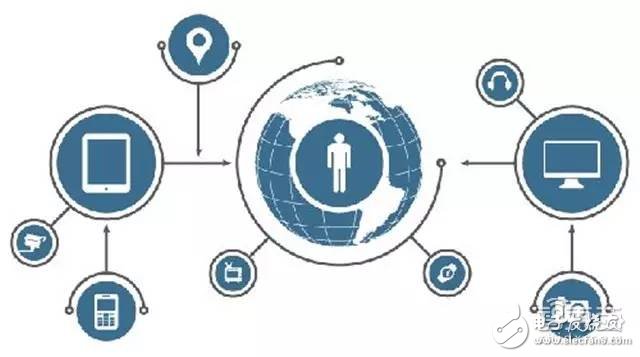
As the leader of the Industrial Internet, you may develop a large number of products and services in a five-year plan that may span multiple industries. In order for a company to be unique, it requires a clear goal: a more effective value proposition than other competitors, and runs through all aspects of business development. This means paying close attention to the image of the company in the customer's mind, the customer's expectations of the company, and what can be done for the customer. When companies really define "who am I" and "why do I want to sell these products," people are willing to believe in the company's commitment.
When the company fulfills its commitment, the customer will be aware of it. What the customer is interested in is not the product or the service, but the result. Just as customers buy clothes or coffee in high-end retail stores, it is also a unique experience. Don't think that the company only provides a certain kind of specific product or service, and should regard itself as the producer of the result.
Ask yourself, is your business still at the stage of manufacturing physical products? Do you judge success based on customer differences in satisfaction, quality of life, and productivity? If you can provide products or services in different ways, can you bring more satisfactory results to your customers?
Nine, digital trust

Sharing data is the fuel of the fourth industrial revolution, and acquiring digital trust is about to become the key to future success. Therefore, losing the trust of others must mean defeat.
Enterprises not only need to manage customer behavior, but also prevent outsiders from mastering the company's confidential information. A comprehensive risk management system, network security system, and data integration system are critical to helping companies avoid irregularities or better manage their impact on the business. At the same time, transparency management must be an important strategic direction for enterprises. For example, shareholders may question the fairness and integrity of the company without knowing how the rules are formulated and implemented.
Maintaining digital sensitivities and ensuring platform security is essential for companies to track and identify cyber attacks in real time. PwC network security experts David Burg and Tom Archer believe that online learning systems (deep learning) are important means of implementation. Perhaps because of the digital trust crisis, PwC's global CEO survey shows that only two-thirds of CEOs believe that differences in company management data will affect the company's competitiveness.
Ten, the value of people is always higher than the machine
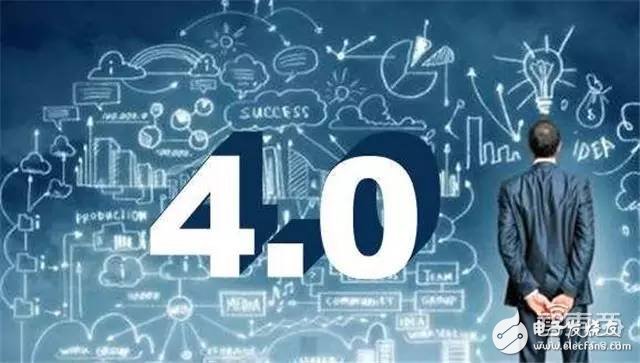
Only when business leaders understand the value of people can business flourish in this new world. The most important fundamental position is to know how to respect others. As technology develops more and more sophisticated, the most important point that human beings distinguish from other creatures is not the ability to solve problems or accomplish tasks. Instead, we have the innate sense of sense and intuitive judgment. The way to predict is to care for others, communicate with others, and make choices.
Don't make digital decisions too much, because technology is often closed and isolated, but people can think more about different backgrounds, consider diverse new perspectives, and be better at cultural cooperation and diversity. Companies need people who understand industrial infrastructure technology to help build artificial intelligence and data analytics systems, but they also need human-minded workers to promote collaboration and maintain creativity and character.
If the next industrial revolution is coming, what is your business position? This depends on how the company can integrate the above ten principles. This means that companies must integrate their employees, their capabilities, and their acumen in technology in ways that they have never had before. In a sense, this represents the culmination of the digital technology revolution that began in the 1950s, and this momentum will continue to run for many years. By that time, what we have to do is to start again to welcome the next industrial revolution, and hope that it will come as expected.
Zhishi believes that the fourth industrial revolution can be said to be based on the revolution of information technology. Big data, cloud computing platforms, artificial intelligence algorithms and intelligent automation systems based on intelligent CNC, smart city systems are expected. This also means that the forwards of digital transformation in traditional companies and the startups facing new technologies have the opportunity to capture the highlands, expand their business, upgrade the industrial structure, and optimize the profit model.
Ningbo Autrends International Trade Co.,Ltd. , https://www.supermosvape.com